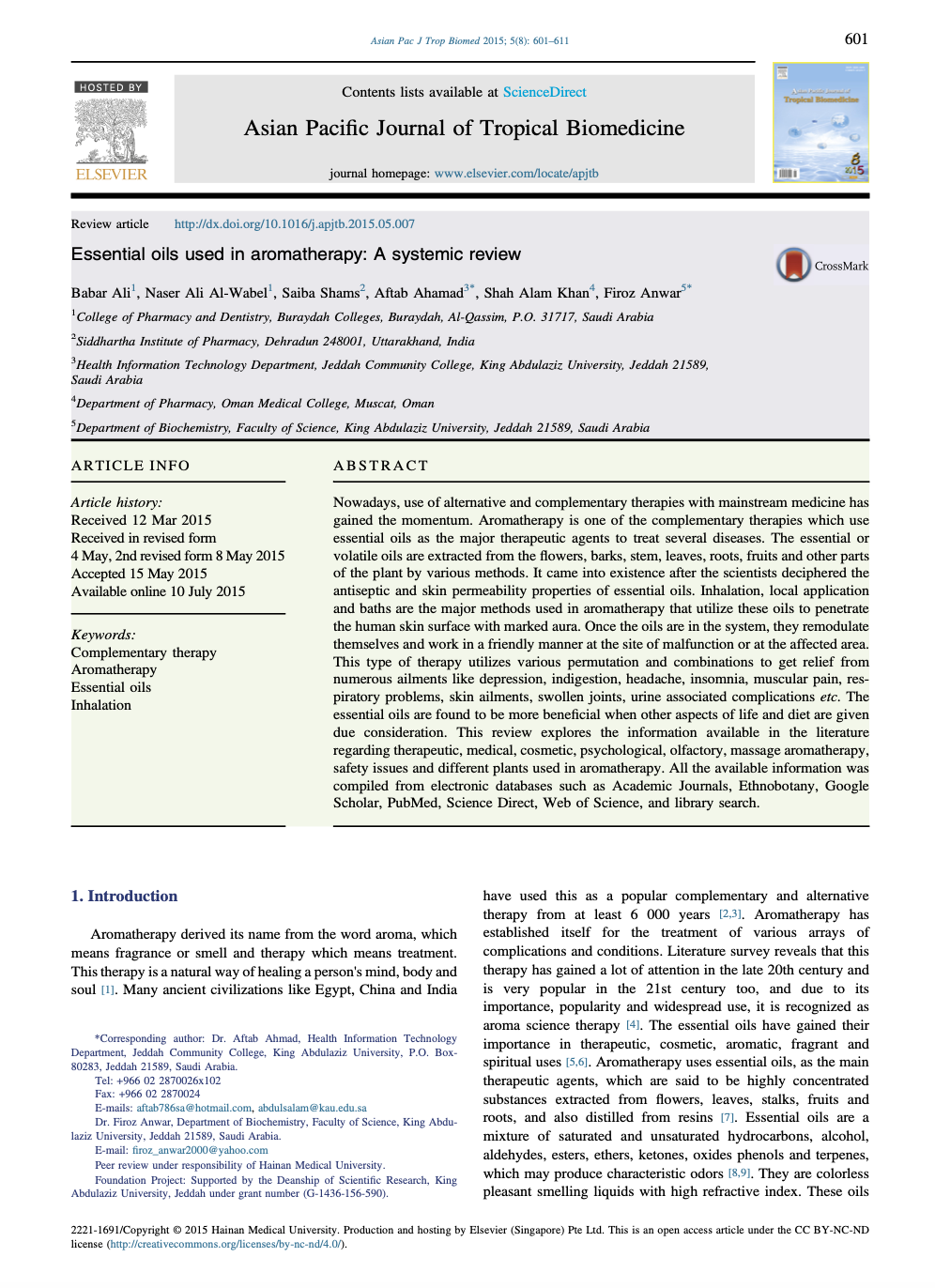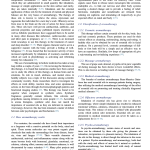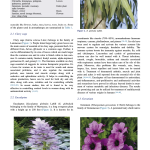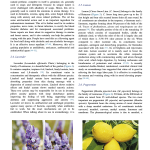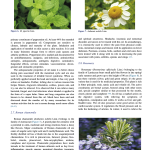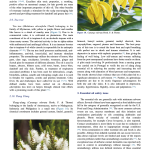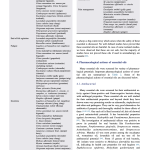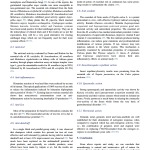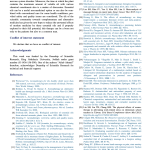Nowadays, use of alternative and complementary therapies with mainstream medicine has gained the momentum. Aromatherapy is one of the complementary therapies which use essential oils as the major therapeutic agents to treat several diseases. The essential or volatile oils are extracted from the flowers, barks, stem, leaves, roots, fruits and other parts of the plant by various methods. It came into existence after the scientists deciphered the antiseptic and skin permeability properties of essential oils. Inhalation, local application and baths are the major methods used in aromatherapy that utilise these oils to penetrate the human skin surface with marked aura. Once the oils are in the system, they remodulate themselves and work in a friendly manner at the site of malfunction or at the affected area. This type of therapy utilises various permutation and combinations to get relief from numerous ailments like depression, indigestion, headache, insomnia, muscular pain, respiratory problems, skin ailments, swollen joints, urine associated complications etc. The essential oils are found to be more beneficial when other aspects of life and diet are given due consideration. This review explores the information available in the literature regarding therapeutic, medical, cosmetic, psychological, olfactory, massage aromatherapy, safety issues and different plants used in aromatherapy. All the available information was compiled from electronic databases such as Academic Journals, Ethnobotany, Google Scholar, PubMed, Science Direct, Web of Science, and library search.
1. Introduction
Aromatherapy derived its name from the word aroma, which means fragrance or smell and therapy which means treatment. This therapy is a natural way of healing a person’s mind, body and soul [1]. Many ancient civilizations like Egypt, China and India have used this as a popular complementary and alternative therapy from at least 6 000 years [2], [3]. Aromatherapy has established itself for the treatment of various arrays of complications and conditions. Literature survey reveals that this therapy has gained a lot of attention in the late 20th century and is very popular in the 21st century too, and due to its importance, popularity and widespread use, it is recognized as aroma science therapy [4]. The essential oils have gained their importance in therapeutic, cosmetic, aromatic, fragrant and spiritual uses [5], [6]. Aromatherapy uses essential oils, as the main therapeutic agents, which are said to be highly concentrated substances extracted from flowers, leaves, stalks, fruits and roots, and also distilled from resins [7]. Essential oils are a mixture of saturated and unsaturated hydrocarbons, alcohol, aldehydes, esters, ethers, ketones, oxides phenols and terpenes, which may produce characteristic odors [8], [9]. They are colorless pleasant smelling liquids with high refractive index. These oils are so potent and concentrated that they work on pressure points and rejuvenate. The essential oils in plants are present in different areas like, pockets and reservoirs, glandular hairs, specialized cells, or even in the intercellular spaces. Essences evaporation from the plants, shields them from bacterial attack and a warming aura due to essences protects the plant from temperature fluctuations [2]. There are various methods by which they are administered in small quantity like inhalation, massage or simple applications on the skin surface and rarely, they are taken internally [6], [10]. Inhalation and the external application of these oils for the treatment of mental and physical balance are the very basics of aromatherapy. The therapy of these oils is known to relieve the stress, rejuvenate and regenerate the individual for a next day’s work. Olfactory nerves from nose to the brain are the site of action for these essential oils. These oils have well proven antibacterial, antibiotic, and antiviral properties and many published reports elsewhere as well as folkloric practitioners have suggested them to be useful in many other diseases like alzheimer, cardiovascular, cancer and labor pain in pregnancy etc [11], [12], [13], [14], [15]. There is an increased trend nowadays to use this therapy in the treatment of cancer and sleep disorder [16], [17], [18]. Their organic character and to act in a supportive manner with the body, provide a feeling of well-beingness [19]. It was found that the locomotor activity of mice increased significantly by inhalation of rosemary essential oils, which are used in phytotherapy as activating and refreshing remedy for exhaustion [20].
The use of aromatherapy in holistic medicine has taken a long leap within a couple of years [21]. On reviewing the literature on this therapy, it is found that numerous studies have been carried out to study the effects of this therapy on human brain and its emotions. Its role in mood, alertness, and mental stress in healthy subjects was a topic of hot discussion among scientific community recently. Some researchers tried to investigate the effects on work ability, reaction time, and some spontaneous actions on the brain through electroencephalograph patterns and functional imaging studies [22]. This therapy was found to be superior when compared to synthetic odors. Synthetic fragrances generally contain irritants, like solvents and propellants causing irritation in some people [23], [24], [25]. According to aroma therapists, synthetic odor does not match the importance of essential oils as they are deficient in natural or vital energy; however, this has been remained a matter of debate between odor psychologists and biochemists [26].
1.1. How aromatherapy works
For centuries, the essential oils have found their importance as a fragrance with a curative potential on the body, mind and spirit. These aroma molecules are very potent organic plant chemicals that make the surroundings free from disease, bacteria, virus and fungus [27], [28]. Their versatile character of antibacterial, antiviral, anti-inflammatory nature along with immune booster body with hormonal, glandular, emotional, circulatory, calming effect, memory and alertness enhancer, is well documented by many scientists [6], [10]. Many pilot projects and studies have been conducted on humans to decipher their nature and role with disease and disorder [29]. These oils are known for their energy specific character, as their potency is not lost with time and age. The stimulation properties of these oils lay in their structure which are closely in resemblance with actual hormones [30]. The penetration potential of these oils to reach the subcutaneous tissues is one of the important characters of this therapy. Their effects are also complex and subtle due to their complex structure and chemical properties. The mechanism of their action involves integration of essential oils into a biological signal of the receptor cells in the nose when inhaled. The signal is transmitted to limbic and hypothalamus parts of the brain via olfactory bulb. These signals cause brain to release neuro messengers like serotonin, endorphin etc., to link our nervous and other body systems assuring a desired change and to provide a feeling of relief. Serotonin, endorphin and noradrenalin are released from calming oil, euphoric, and stimulating oil respectively to give expected effect on mind and body [2], [31].
- second page of Aromatherapy – a systematic literature review 2015
- third page of Aromatherapy – a systematic literature review 2015
- 4th page of Aromatherapy – a systematic literature review 2015
- 5th page of Aromatherapy – a systematic literature review 2015
- 6th page of Aromatherapy – a systematic literature review 2015
- 7th page of Aromatherapy – a systematic literature review 2015
- 8th page of Aromatherapy – a systematic literature review 2015
- 9th page of Aromatherapy – a systematic literature review 2015
Link to the Essential Oils used in Aromatherapy: a systematic review article.
Here is an additional link for the Essential Oils Use Chart we have found, which could be useful for beginners.
We sourced commonly used organic pure essential oils and provided guidance on how to use aromatherapy safely at home:
camphor, cedarwood, cinnamon leaf, citronella, clove, eucalyptus, gardenia, geranium, lavender, lemon eucalyptus, lemongrass, oregano, peppermint, rosemary, sweet orange, tea tree oil.

